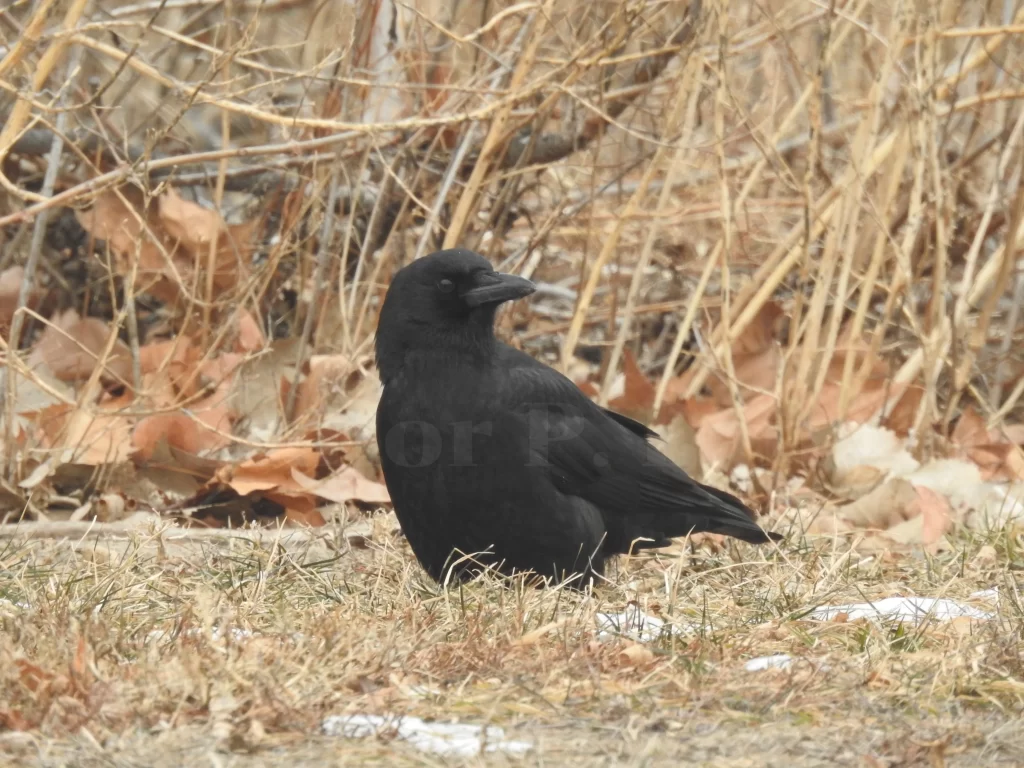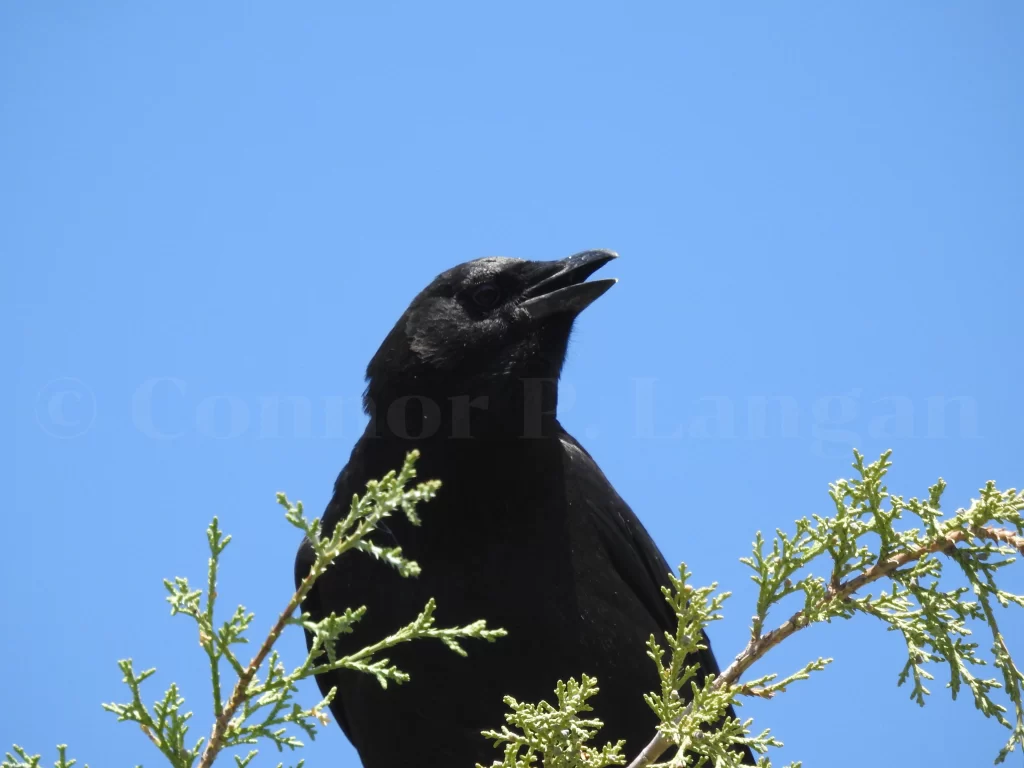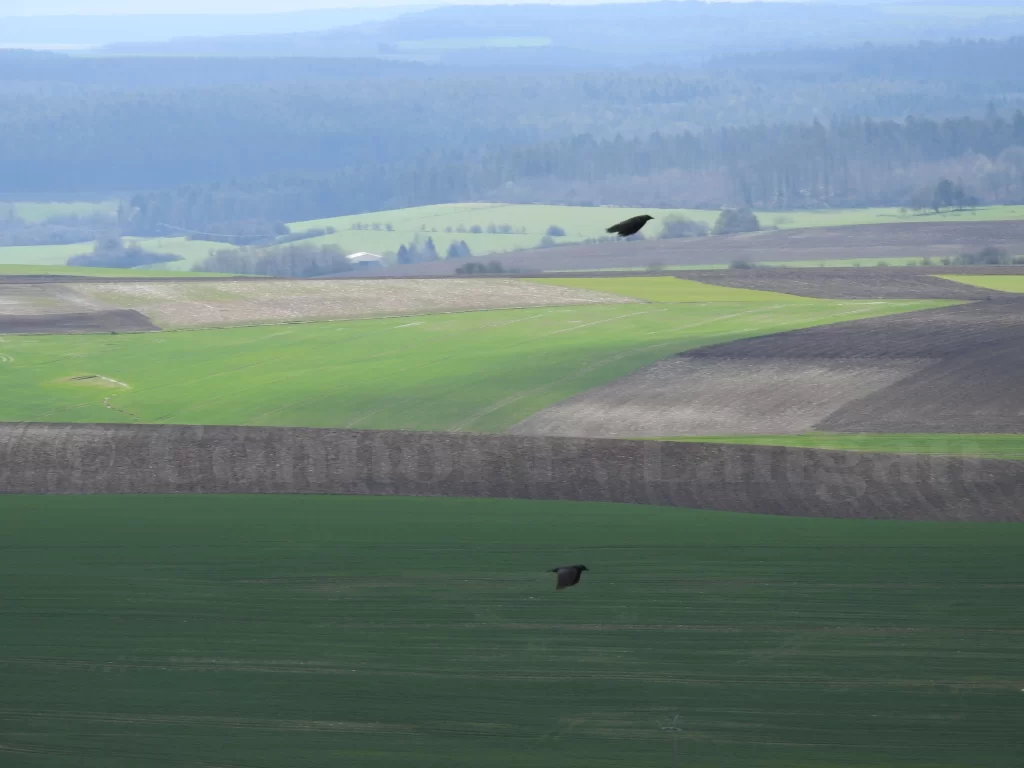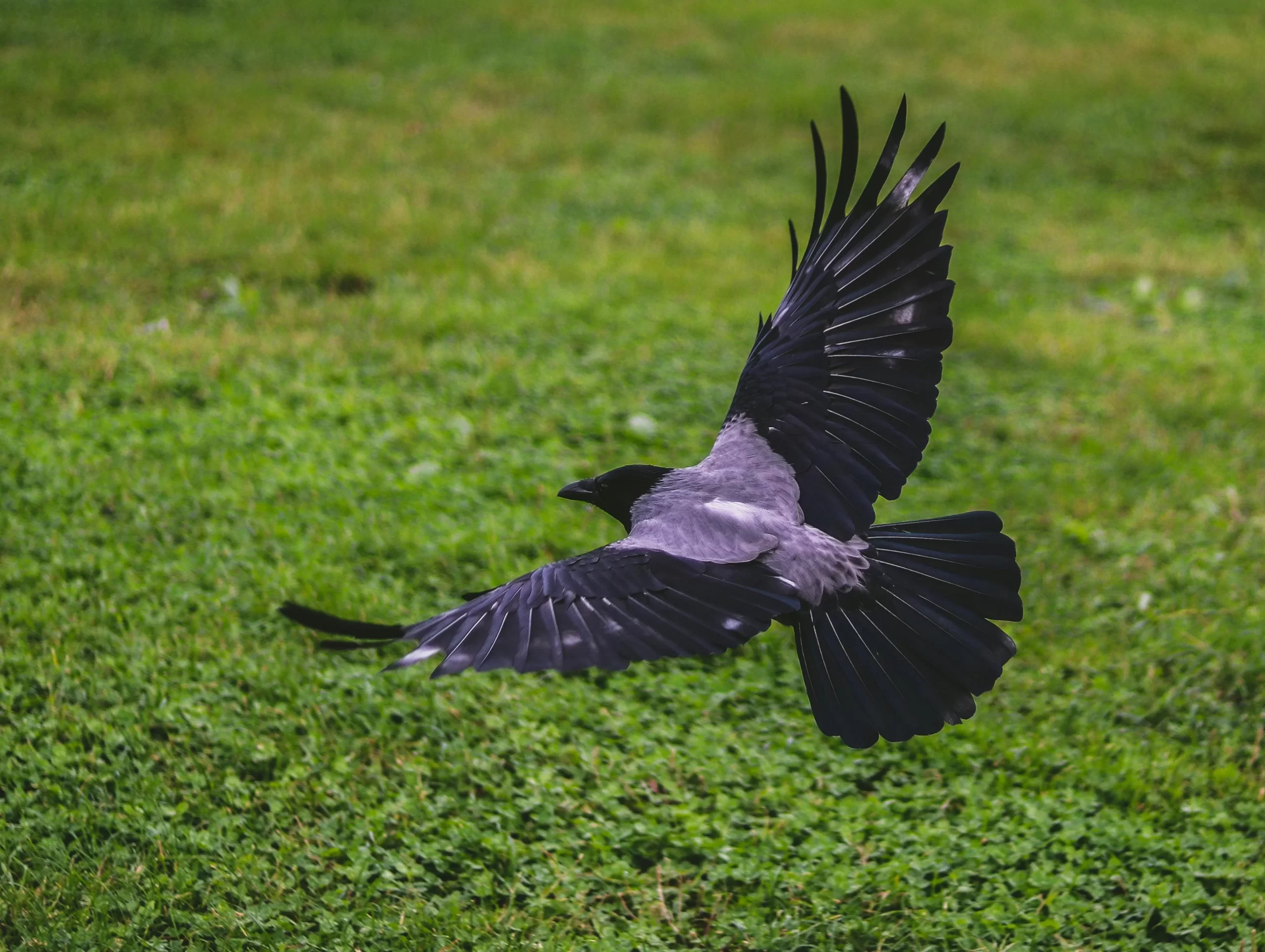Crows are one of the most visible groups of birds in the world, often living close to humans. Crows typically fly solo or with their mate during the breeding season, but we may notice that crows seem to disappear from certain areas during the winter. So, are crows migratory – do crows migrate in winter?
Yes, crows are a migratory bird species. However, not all crows choose to migrate. Some populations choose to stay put in one place for the entire year, while others migrate hundreds of miles to get to a warmer place for the winter.
Ultimately, crows in winter are like blackbirds in that crow migration patterns can best be described as partially-migratory. Okay, now that we’ve established that the answer to the question, “Do crows migrate for winter?” is yes, we can move on to other topics related to migratory crows. For instance, when do crows migrate?
Table of Contents

When Do Crows Migrate?
Crows in winter are very obvious in many locations, as they form large, social groups during the nonbreeding season. Clearly, some crows have to migrate to locations in which they gather during the winter, but when does this process take place? When do crows migrate?
Well, crows have large migratory windows that span several months. Generally, the pre-breeding migratory season takes place from the beginning of February until early May. Meanwhile, the post-breeding migratory season begins as early as mid-July and concludes at the end of November.
Now, such long migration intervals do not mean that crows spend three months migrating. Instead, this is just the window in which crows may migrate. Crow migration does not typically take more than a few weeks.
We’ve now addressed the timing of when crows migrate, but we’ve not discussed where crows migrate to. So, where do crows migrate to?
Where Do Crows Migrate To?
Many songbirds travel to tropical locales during the winter, but this is not the case for crows. Indeed, these birds are much better adapted to survive in places with harsh winters, as they have plenty of useful adaptations to survive the winter. So, where do crows migrate to?
Crows generally vacate most of Canada and Russia during the winter, as these countries feature very cold winters that make it challenging for many birds to survive. Coastal areas and locations further south often offer easier living conditions for winter crows.
The further north a crow breeds, the more likely it is to be a migrant. However, when the weather begins to warm in the spring, studies have shown that crows are quite loyal to the places in which they breed. This means that they’ll typically return to the same breeding locations annually.

Do Crows Migrate In Flocks?
Crows are very social birds, but some wonder if their gregarious nature prompts them to migrate with other crows. Do crows migrate in flocks?
No, crows do not tend to migrate in flocks. While crows may occasionally be seen flying with small groups of other crows, studies have found that migration for a crow is usually a solo endeavor.
However, crows may break off of their migration route to feed with a group of crows that they notice from above.
Although crows do not migrate in flocks, they certainly gather into sizable groups during winter. Let’s investigate the reasoning for this behavior – why do crows gather during the nonbreeding season?
Why Do Crows Gather In Large Flocks?
Seeing enormous flocks of crows during winter is commonplace in many urban environments in the Midwest and the American coasts. Indeed, these groups gather at roosting locations every night until the crows depart the following morning to go off and forage during the day. However, what is the reason for this behavior – why do crows gather in large flocks?
Well, as I have alluded to, crows are very social birds. While they are territorial during the breeding season, they enjoy being in the presence of other crows when they don’t have young or mates to defend.
Gathering in large, communal roosts is very beneficial for crows. Here, they are safe thanks to the substantial numbers of their roosts. Moreover, they may exchange important information with other crows here.
Now that we know about crows and the flocks in which they gather, we can discuss nocturnal crow behavior. Do crows fly at night?
Do Crows Fly At Night?

Flying at night is a regular behavior for many songbirds during migration, leading some to wonder if crows engage in this behavior. Do crows migrate at night, or do crows fly at night for any other reasons?
No, crows do not migrate at night, and they rarely fly at night for any other reasons. Now, crows may fly around just before sunrise or just after sunset as they situate themselves in their roosts. Otherwise, it is rare for crows to fly at night unless they’re flushed by a predator. Fortunately, crows don’t have to worry about hawks at night, with owls and some mammals being the only threats to most sleeping crows.
Can Crows See In The Dark?
Given that crows do not fly at night, it is safe to assume that the answer to, “Are crows nocturnal?” is no. However, can crows see in the dark at all?
Crows see very poorly during the night, and this is one of the big reasons why most roosts are located in urban areas during the nonbreeding season – these locations give them access to artificial light. Without artificial light, crows would be vulnerable to attacks from owls and other predators. Ultimately, their night vision is comparable to that of a human.
Okay, now that we’ve established that crows don’t have exceptional night vision, let’s discuss the speed of crows. How fast do crows fly?
How Fast Do Crows Fly?
Now that we know more about the question, “Do crows migrate?” some will want to understand the speed with which crows fly. Therefore, how fast do crows fly?
Crows fly with steady wing beats that propel them through the air at a fairly brisk pace. Indeed, crows can fly at speeds of 24 to 31 miles per hour (40 – 51 kph). This allows them to cover ground pretty quickly, making crow migration a process that only takes a few weeks at most.

